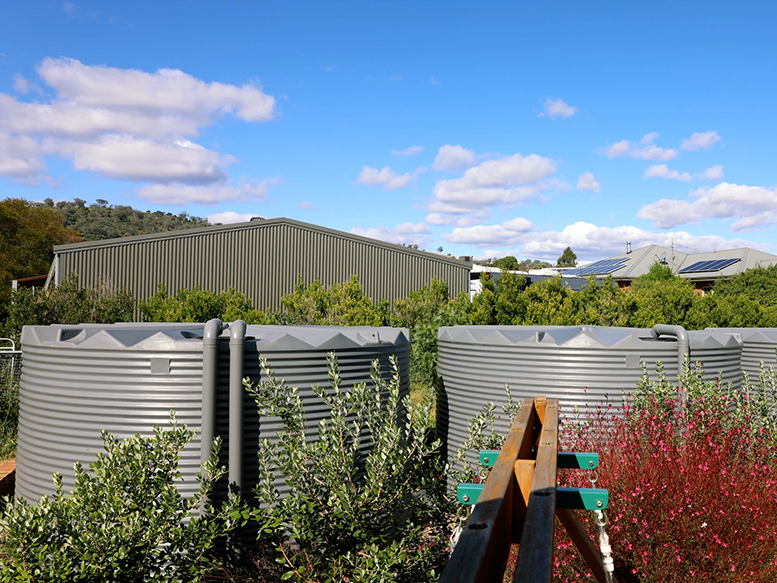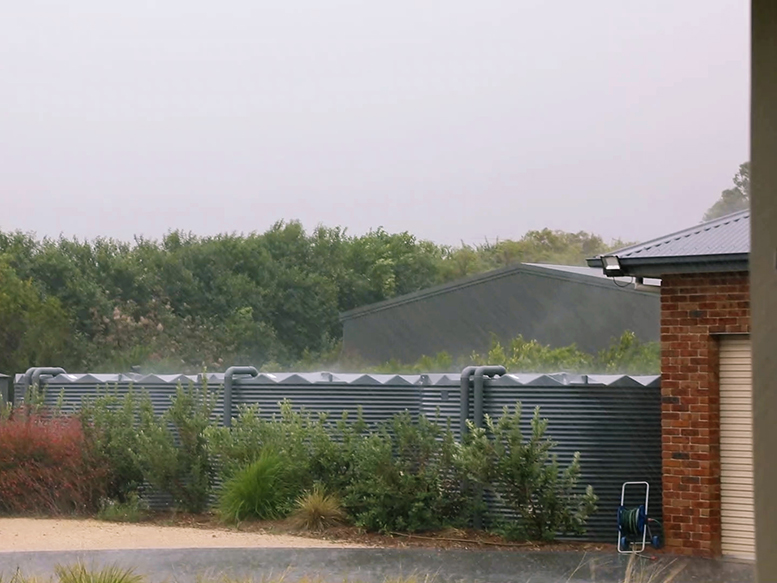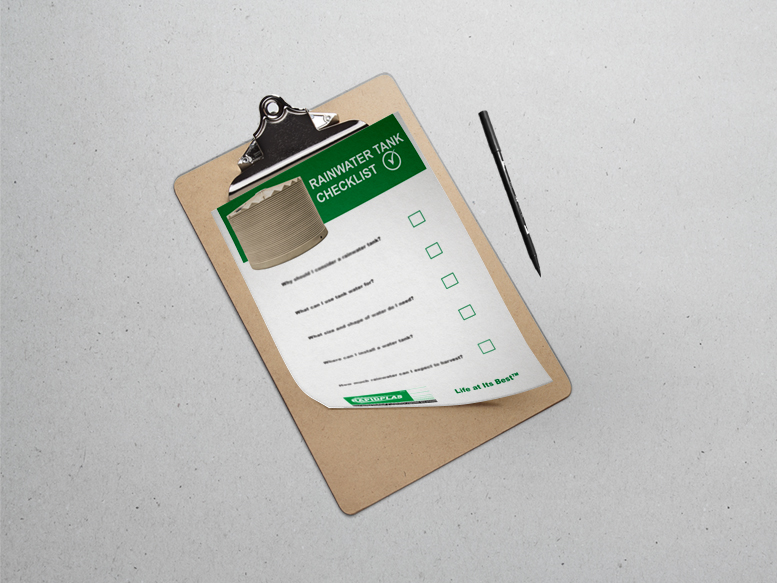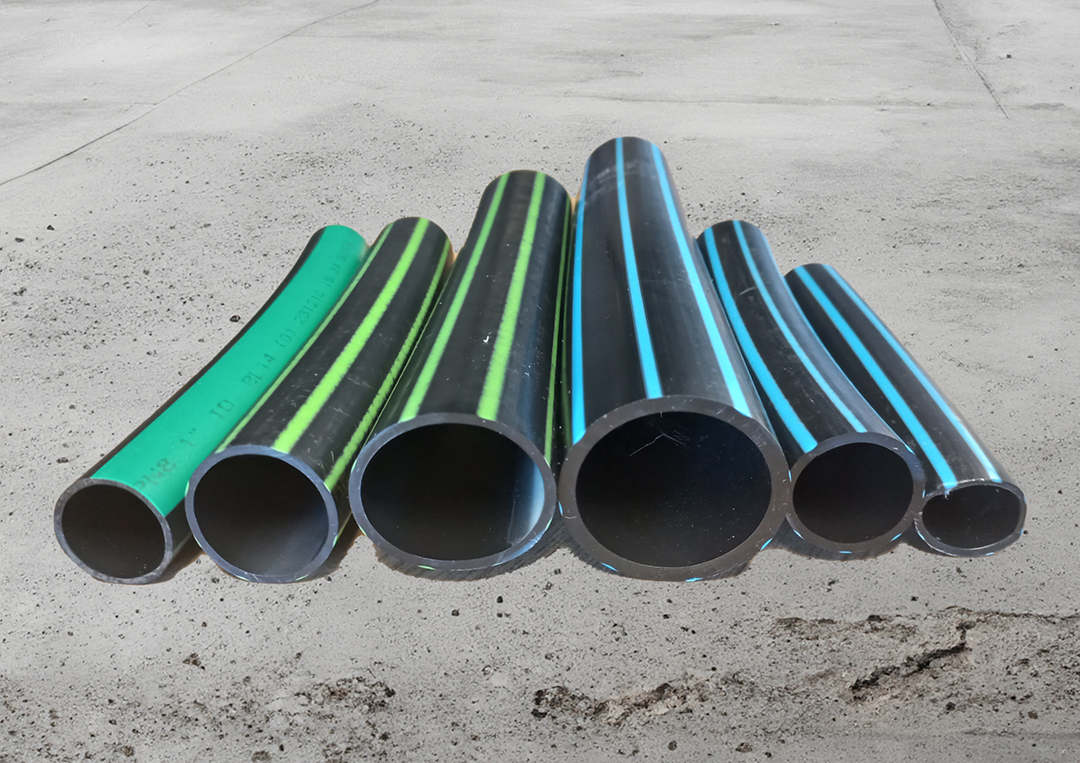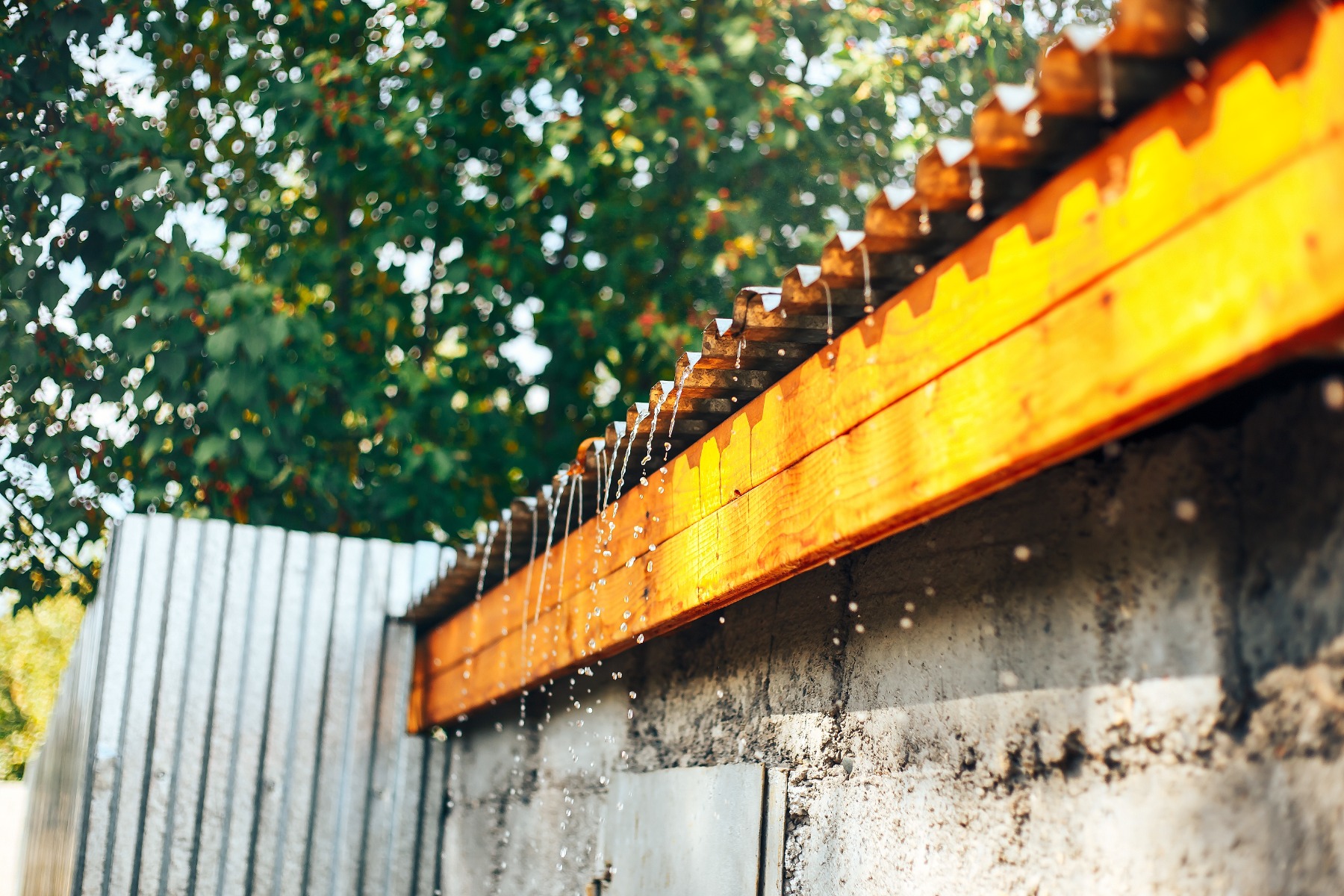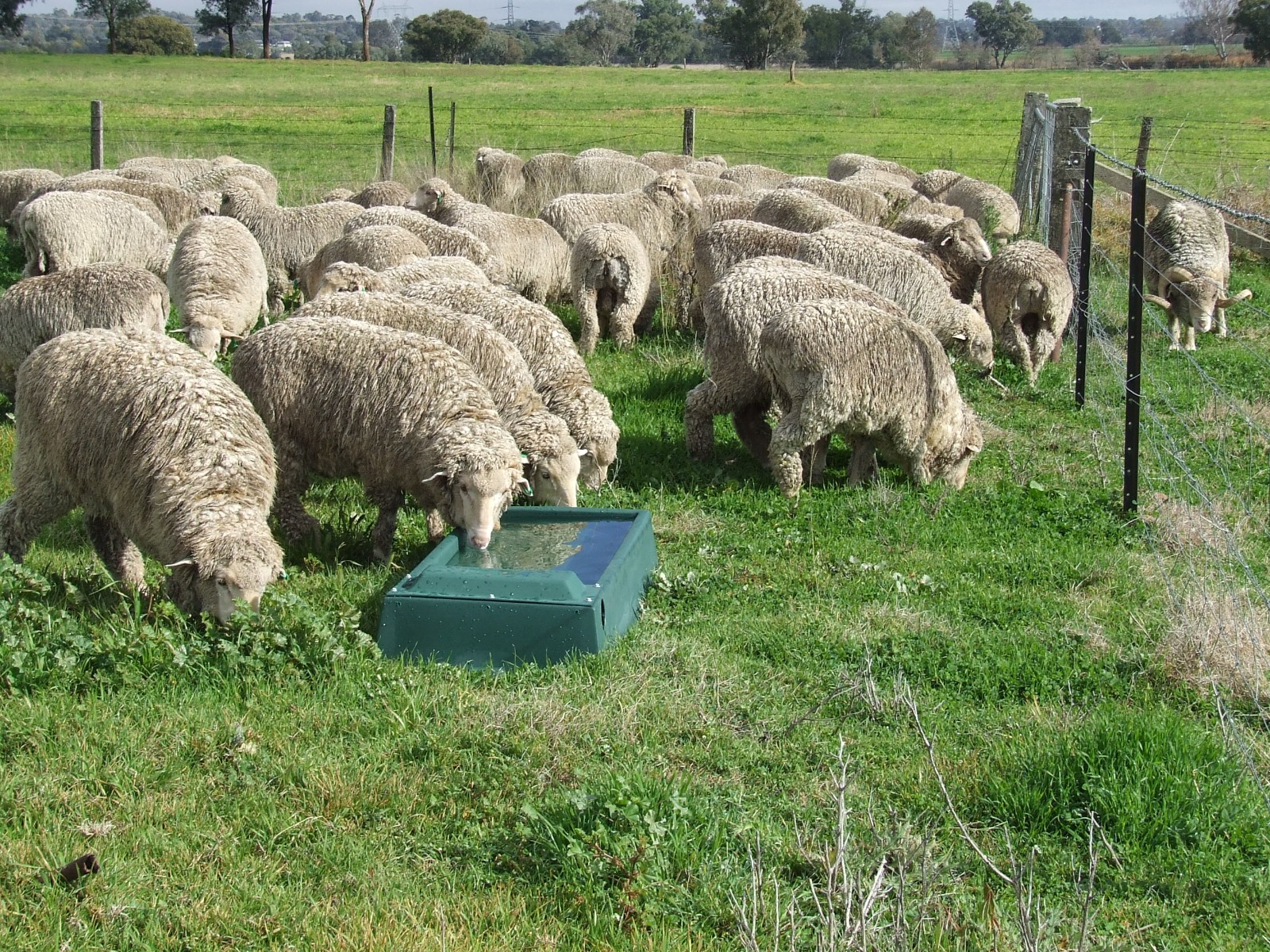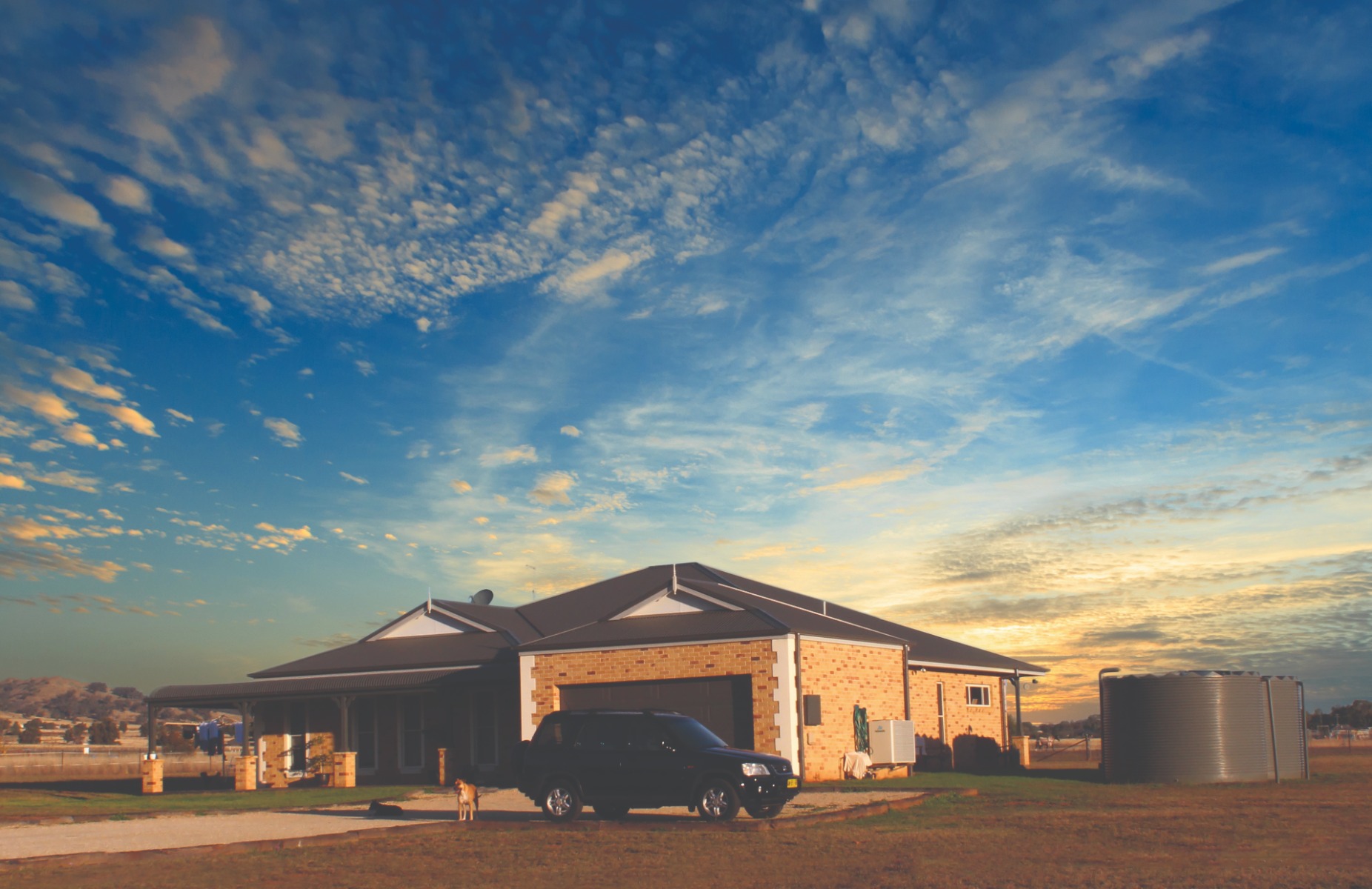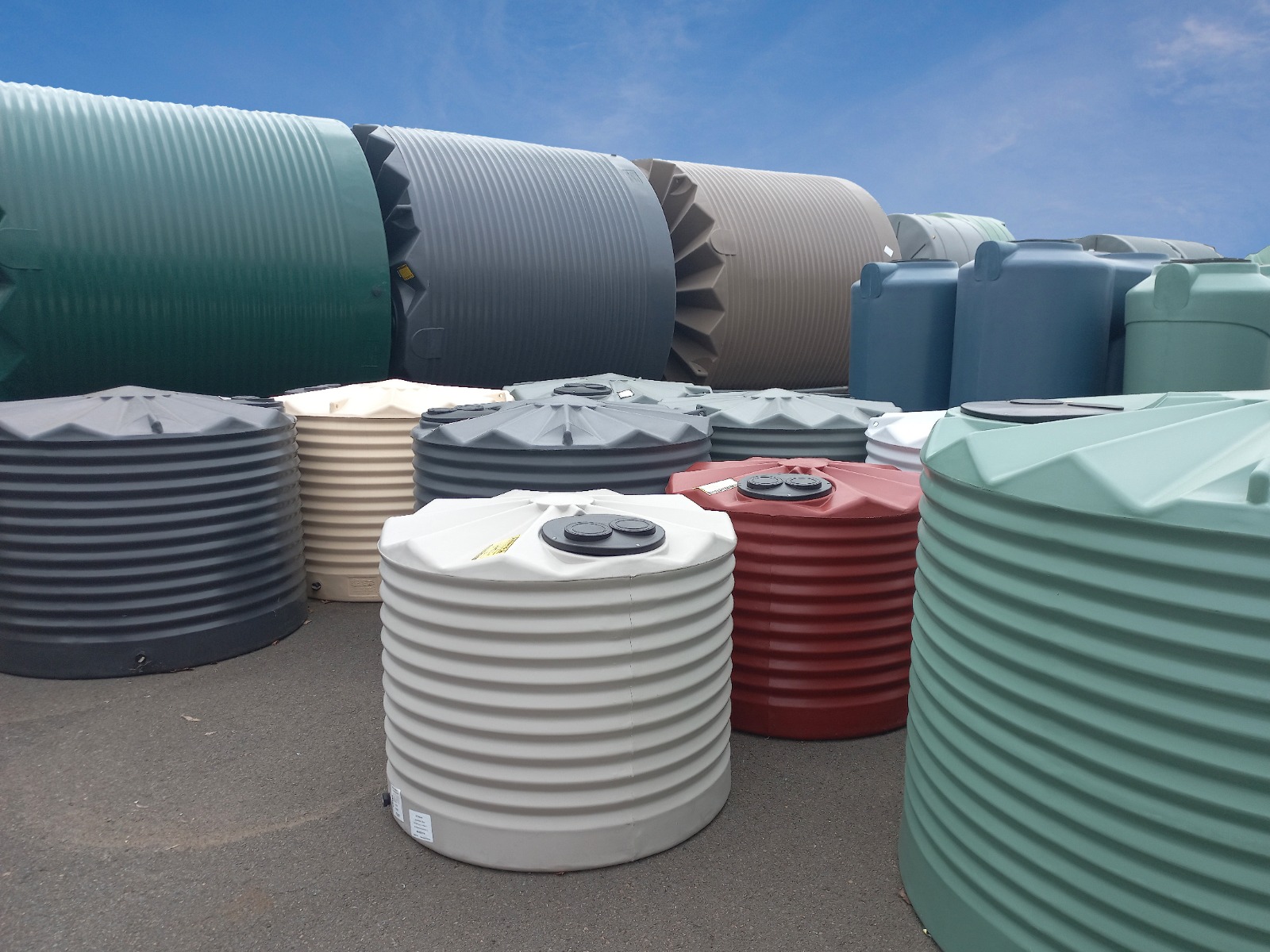Today, an estimated 25% of Australian homes collect and store rainwater for domestic use, contributing around 177 billion litres to residential water supplies.
A well-designed and properly maintained rainwater harvesting system enables a household to significantly reduce its mains water consumption. Even with irregular rainfall, a well-designed system with a 10,000 litre water tank in New South Wales can still satisfy upwards of 65% of total domestic water supply needs.
Rainwater can be suitable for all domestic uses. While different uses require different levels of treatment, the more uses, the greater the savings in mains water. A typical strategy is to use rainwater for the garden and some indoor uses such as toilet flushing, clothes washing and even showering, while sourcing drinking water (which requires the highest level of treatment) from a mains water supply.
The intended use of your rainwater will dictate the level of treatment required. If, for example, you only intend to use rainwater for watering your garden, no particular treatment is required whereas if you intend to use the water to supplement your domestic supply, a much higher level of treatment is required.
A rainwater harvesting collection system has three components:
- A catchment system is the area onto which rainwater falls and is collected
- A storage system that accumulates rainwater for future use
- A delivery system that transfers water from its place of storage to its place of use
The catchment system is the roof area that collects rainwater and the network of gutters and downpipes that channels the water to storage tanks. After a dry spell, your roof area can collect debris such as leaves, dust, pollen, insects and animal waste, and the first few minutes of rainfall effectively washes these contaminants into the gutters. There are two key steps that can improve the quality of water being delivered to the tank.
The first is to install gutter guards which are plastic or metal screens fitted over gutters to prevent debris getting into the gutter and restricting free flow of water. The second option is to install a first-flush diverter that prevents the contaminated water in the gutters and downpipes from entering the water tank by diverting the water into either stormwater drainage or a secondary storage container.
Another line of defence is a fine strainer on top of the tank that filters the water entering the tank. As the strainer will catch seeds and other debris, it should be used in conjunction with a tight-fitting dust cover that blocks sunlight and ensures seeds won’t germinate and block the strainer.
The dust cover also prevents sunlight entering the water tank and inhibits algae growth and serves as a physical barrier to mosquitoes that lay their eggs in still water.
A rainwater tank is fitted with an overflow, and a pipe is typically connected to the overflow that directs water a few metres away from the tank. It is important that the discharge-end of the overflow pipe is fitted with an overflow screen that is a barrier to small animals such as frogs and insects.
Even if you are diligent about minimising the amount of debris that enters the storage tank, over time, sludge and sediment will accumulate and it may be necessary to clean the water tank.
You can clean a rainwater tank yourself using a hose or pressure washer. If your tank is large or needs anti-bacterial treatment or disinfection, we recommend using a company that specialises in tank cleaning. Also, many specialist contractors have mobile storage tanks and can decant the water from one tank to another and return the water after the tank clean is complete.
After draining the water from the tank, leave the drain valve open and remove the access hatch on top of the tank. Clean the interior using a high-pressure hose to remove sediment and sludge and chase all the contaminants out of the tank. If you are going to use any chemicals, please ensure your get competent professional advice, wear appropriate protective materials and avoid working in confined spaces.
The final element is your delivery system, which is the ‘business end’ of the rainwater collection system and typically involves a pump and a filter. If the purpose of the rainwater is to water your garden, you’ll probably only have a pump, but if you are using rainwater for domestic purposes, you will need a filter system.
If you intend to use the water to top-up a swimming pool or for an evaporative cooling system, a single filter will probably be adequate. If the water is for domestic purposes such as laundry, a double filter with a pre-filter and a fine filter would be recommended. If the water is intended for domestic consumption, a triple system of pre-filter, fine filter and UV filter is recommended. A UV filter uses ultraviolet rays to penetrate harmful pathogens and destroy illness-causing microorganisms by attacking their genetic core. UV filtration kills 99.9% of bacteria and is environmentally friendly and chemical free.
It is a good practice to regularly change out the filter cartridges on your system. Some filters can be cleaned and re-used while others are single-use only. Filters should be changed every twelve months or sooner, depending on how dirty the water is and how much water is being filtered by the system. A whole-of-house system will probably require filter changes every six months. If you are using a UV filtration system, you should regularly check to ensure the UV light is working, and it is good practice to have a spare light as a standby. If the light fails, you should obtain assistance from a qualified professional to replace it.
If you follow these simple steps and take reasonable care, you can rely upon your rainwater harvesting system to deliver fit-for-purpose water for many years, reducing your dependence on mains water and doing your bit for the environment.
If you want to create an effective rainwater harvesting system, talk to our expert team to find out how we can help you. Call our team on 1800 816 299 or email sales@rapidplas.com.au with your enquiry.


